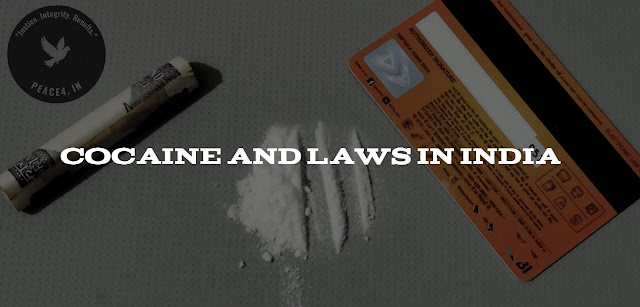Search This Blog
PEACE Legal Information India offers simple, accurate explanations of Indian laws, including workplace rights, cyber law basics, traffic regulations, consumer protection, safety rules, and common legal situations. Our goal is to make legal information accessible, trustworthy, and easy for everyone in India to understand.
Peace Legal Information: Making Law Simple for Every Citizen
Understanding Section 279 IPC (Rash Driving) and Your Defense
More information related to the topic, Understanding Section 279 IPC (Rash Driving) and Your Defense
In India, rash driving is not just a traffic violation — it can also be a criminal offence under Section 279 of the Indian Penal Code (IPC). If you’ve been booked under this section, it's important to understand what the law says, what the penalties are, and most importantly, how you can legally defend yourself.
This post breaks down Section 279 IPC in simple terms, explains how it applies to real-life scenarios, and outlines your rights and remedies under Indian law.
Table of Contents
- What is Section 279 IPC?
- Common Scenarios That Trigger Section 279
- What Are the Penalties?
- Legal Defenses You Can Use
- Related Legal Guides
- Back to Top
What is Section 279 IPC?
Section 279 of the Indian Penal Code reads as follows:
“Whoever drives any vehicle, or rides, on any public way in a manner so rash or negligent as to endanger human life, or to be likely to cause hurt or injury to any other person, shall be punished with imprisonment up to six months, or with fine which may extend to one thousand rupees, or with both.”
This is a criminal offence—and not merely a traffic challan. The purpose is to penalize dangerous or reckless driving that puts others at risk.
Key legal elements include:
- Public way: The act must occur on a public road or street
- Rash or negligent manner: Driving without care, foresight, or caution
- Likelihood of harm: The action must endanger life or safety
Common Scenarios That Trigger Section 279
Police may invoke Section 279 IPC in situations such as:
- High-speed collisions in traffic zones
- Dangerous overtaking or sudden lane cutting
- Drunk driving with reckless swerving
- Causing minor injuries while speeding
- Jumping signals with risk of hitting pedestrians
It’s often used alongside other sections like Section 304A IPC (Death by Negligence) or Motor Vehicle Act provisions.
Police officers act under legal protocol, and charges are typically based on eyewitness accounts, video evidence (like CCTV), and the accident’s nature.
What Are the Penalties?
The penalty under Section 279 IPC includes:
- Imprisonment: Up to 6 months
- Fine: Up to ₹1,000
- Or both, depending on the severity and court’s discretion
This section is cognizable (police can register an FIR), and is usually bailable, meaning you can get bail as a right.
Important: Being charged does not mean you’re convicted. You still have full rights to defend yourself in court.
Related post: How to File a Police Complaint After a Road Accident
Legal Defenses You Can Use
If you’ve been booked under Section 279 IPC, here are common defenses:
Deny Rashness or Negligence
You must be proven guilty of driving in a rash or negligent manner. If your driving was careful and lawful, you can contest the charge.
Dispute Evidence
If there's no CCTV, no clear eyewitness, or unreliable testimony, your lawyer can argue lack of credible proof.
Medical Emergency
If you were rushing due to a genuine emergency (e.g. hospital), the court may consider mitigating factors.
No Harm Caused
If no injury or danger occurred, and no intent was involved, courts may issue warnings or discharge the case.
Compounding the Offence
In some cases, you may be able to settle out of court (especially in minor cases) with the court’s permission under CrPC provisions.
Important: Engage a lawyer immediately to represent your side and file for anticipatory bail if needed.
Related post: Your Rights During a Traffic Stop in India
Related Legal Guides
- Can a Traffic Fine Lead to a Criminal Record?
- Section 304A IPC: Death by Negligence
- How to Request CCTV Footage for Road Accidents
- Are Digital Challans Legally Enforceable?
- Understanding Indian Traffic Laws: Your Rights and Remedies
%20and%20Your%20Defense.jpeg)


%20Act,%201970.jpeg)






